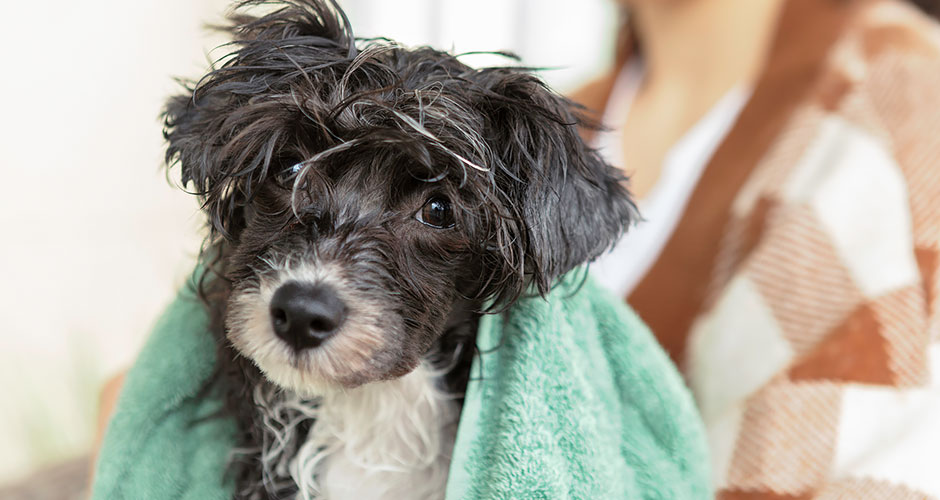
SAVE AN EXTRA $5 - $20 OFFUse code PETS in cart (Exclusions apply)

Save 40% with first AutoShipUse code NEW40 (Up to $40 max. Exclusions apply)

While efforts are made to answer all questions as quickly as possible, if an immediate answer is required or if your pet is in need of urgent or emergency care, contact your pet's veterinarian immediately.

You will receive an answer from Dr. Lindsay and our vet/tech team as soon as possible, usually the same day.
All answers are provided for informational or educational purposes only, and are intended to be a supplement to, and not a substitute for, the expertise and professional judgment of your pet's veterinarian.
It may be necessary to consult your pet's veterinarian regarding the applicability of any opinions or recommendations with respect to your pet's symptoms or medical condition.
Close
An error has occurred, please reload the page and try again.
Close
While efforts are made to answer all questions as quickly as possible, if an immediate answer is required or if your pet is in need of urgent or emergency care, contact your pet's veterinarian immediately.
There is no answer related to your question

Keep your dog fresh and clean with a daily grooming routine. Regular grooming and maintenance can help keep your dog healthy and clear of infection and can also be an opportunity to check for any concerning lumps, bumps, rashes, or other potential signs of illness.
Your dog’s daily grooming needs will depend on their coat type.
Most breeds have a double-layered coat that consists of a smooth, somewhat water-resistant top coat made up of guard hairs and a soft, downy undercoat that sheds twice a year, typically in the spring and fall. In dogs with a double-layered coat, haircuts are usually not required or recommended.
Dogs with a single-layered or “hair coat” lack a downy undercoat. Their coat grows continuously and will become long without regular trims. Dogs with a single coat are considered “non-shedding” and “hypoallergenic.” Single-coated dogs shed minimally throughout the year but do not blow their coats during shedding seasons.
Allergy sufferers may not be triggered by dogs with a single coat because their minimally shedding coat does not release as much dander as a double-coated dog might.
For double-coated dogs, brushing several times a week, up to once a day during shedding seasons, can help control shedding. Regular brushing also helps stimulate circulation and distribute the skin’s natural oils, leaving the coat healthy, smooth, and shiny.
For single-coated dogs, brushing helps reduce mats and tangles between grooming appointments, especially in curly-coated breeds like Poodles and Poodle mixes.
Your dog’s nails will grow continuously throughout their lifetime. Overgrown nails can alter your dog’s gait, making them more susceptible to injuries and joint issues. Aim to trim your dog’s nails every 2-4 weeks using nail clippers or a nail grinder.
When trimming your dog’s nails, take care not to cut them too short. Each of your dog’s nails contains a quick, a soft cuticle that contains nerves and blood vessels. You can easily see the pink quick through light-colored nails. If your dog has black or dark-colored nails, you can see the quick by shining a flashlight through their nails.
Using nail clippers, trim the end of each of your dog’s nails, including the dewclaws, located up the inner “wrist” of their front paws.
A nail grinder can be used instead of nail clippers to trim your dog’s nails. Some pet parents prefer using a nail grinder because it grinds down the nail gradually, making it less likely that you will accidentally cut the quick. You can also use a nail grinder to file down any sharp edges on the nail.
If you accidentally cut the quick, it may be painful for your dog. Since the quick is made up of a bundle of blood vessels, the injury may bleed excessively, making it seem more severe than it truly is. It’s helpful to have styptic powder on-hand to quickly stop the bleeding.
If you’re not yet comfortable trimming your dog’s nails at home, your veterinarian or groomer will be happy to do it for your for a small fee.
Over 80% of dogs have some form of dental disease by their third birthday according to the American Veterinary Medical Association (AVMA). Dental disease not only causes bad breath, tartar, and tooth loss, but also can cause oral bacteria to spread throughout the body, putting a strain on the heart, kidneys, and liver.
The most effective way to protect your dog’s oral health is to brush their teeth every day. Use dog toothpaste, never toothpaste for humans, as it contains ingredients that are highly toxic to dogs. Brush the surfaces of your dog’s teeth with a soft child’s toothbrush or dog toothbrush.
Brushing your dog’s teeth can be difficult, but it’s important that you aim to brush at least several times a week, if you cannot manage to brush daily. Other pet dental care products can help supplement brushing, especially in dogs that will not tolerate having their teeth brushed.
A dental water additive is easy to use, it’s simply added to your dog’s drinking water. Every time they drink water, the product rinses away plaque.
Dental treats and chews are great for breaking down plaque, especially on hard-to-reach surfaces in the back of your dog’s mouth.
Dental powder, added to your dog’s food, can also help protect their dental health.
No-brush gels, wipes, and sprays can also be helpful if you’re having a hard time brushing your dog’s teeth.
Even if you brush daily, your veterinarian will likely recommend that you schedule a professional dental cleaning every 6 to 24 months. During a professional cleaning, your dog will be sedated, and your veterinarian will be able to use x-rays and a full oral exam and cleaning to diagnose and treat dental issues that may not be detectable during a typical wellness visit.